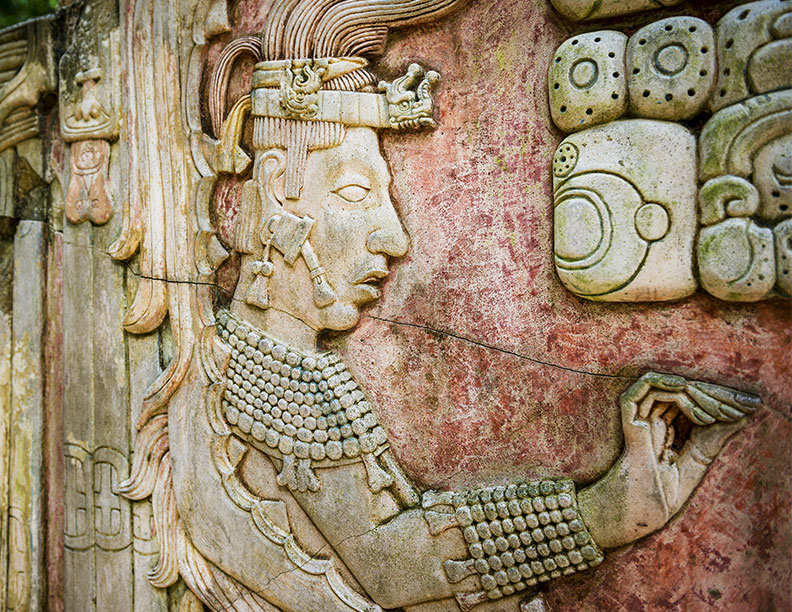LAII Welcomes Community Back to Campus with Fall Reception
July 9, 2018

In addition to Spanish and Portuguese, programs which have a long and established history at UNM, LAS students are also able to study indigenous languages of Latin America. Students are currently able to take classes in K'iche' Maya, Quechua, Quichua, and beginning in Fall 2018, Nahuatl. Collectively, these languages are spoken by millions of people living throughout Latin America and beyond. Studying these languages prepares students to engage with their respective people, cultures, and histories, as well as contribute to language revitalization efforts.
Course offerings are made possible with the support of the LAII's Title VI National Resource Center grant and funding for Foreign Language and Area Studies (FLAS) Fellowships.
Students interested in learning these languages can choose from among the following courses. See the PDF version of the course listings for reference or contact Krista Savoca (atsirk@unm.edu) at the LAII for more information.
K’iche’ Maya
With over 1.5 million speakers, K’iche’ is the most widely spoken Mayan language in Guatemala. The preservation and protection of the language is critical, as speakers of the K’iche’ language have come under increasing pressure to integrate into the national Guatemalan culture and to use Spanish as their primary language. Students will study the language through classroom exercises with Dr. James Mondloch, the author of the only English-published K’iche’ grammar guide (University Press of Colorado).
- K’iche’ Maya I: LING 401.002 (59359) | M 7-9:30 pm
- K’iche’ Maya III: LING 401.002 (59359) | W 7-9:30 pm
- K’iche’ Maya VII: LING 402.005 (60589) | T 7-9:30 pm
Nahuatl
Nahuatl is among the 68 living Indigenous languages officially recognized by the Mexican government and is one of the most widely spoken, with almost 1.4 million speakers. Nahuatl is part of the Uto Azteca language family, one of the largest language families in the Americas spanning the Western United States and Mexico. Nahua culture, history and modern life are at the center of course instruction. This course is offered through real-time distance learning and taught by instructors from the Institute for
Teaching and Research in Ethnology in Zacatecas, Mexico.
- Nahuatl I: LING 401.005 (63321) | TR 1:00 – 3:00 pm
- Nahuatl III: LING 402.003 (63322) | TR 1:00 – 3:00 pm
Quechua and Quichua
The Quechua language and Quichua dialects are spoken by approximately seven million people throughout the Andean region of South America, from southern Colombia to northern Argentina. These courses are offered through real time distance learning with native speakers of the languages.
- Quechua I: LING 401.006 (63559) | MWF 8:00 – 8:50
- Quechua III: LING 402.004 (59360) | MWF 9:00 – 9:50
- Quechua V: LING 402.007 (61342) | MWF 10:00 – 10:50
- Quichua I: LING 401.004 (62117) | MTWR 8:50-9:40 am
- Quichua III: LING 402.006 (61340) | MTWR 9:55 – 10:45 am
